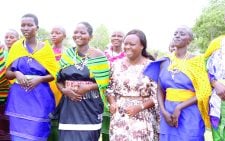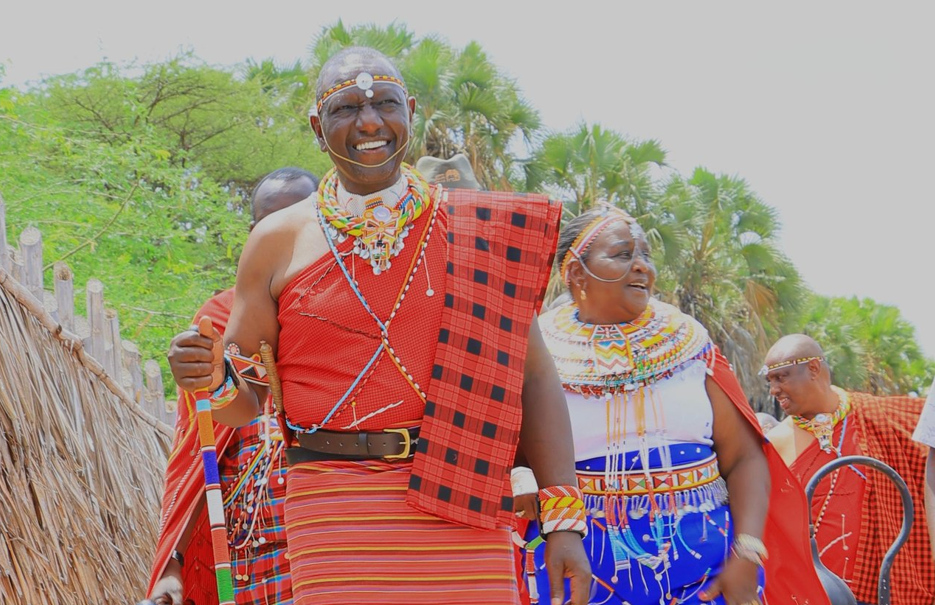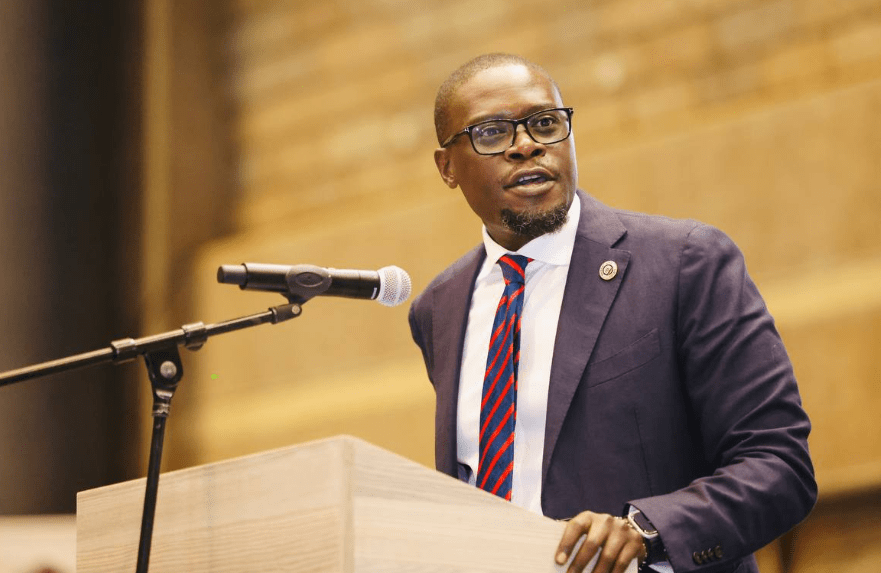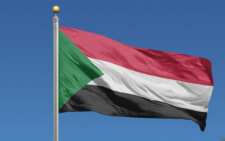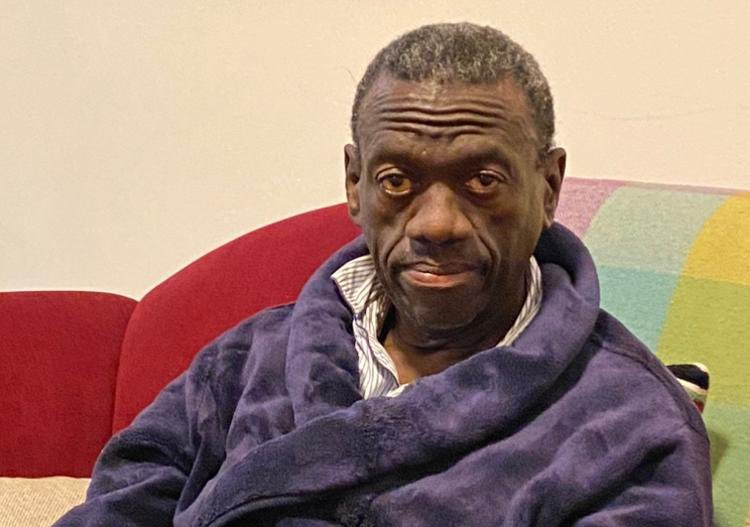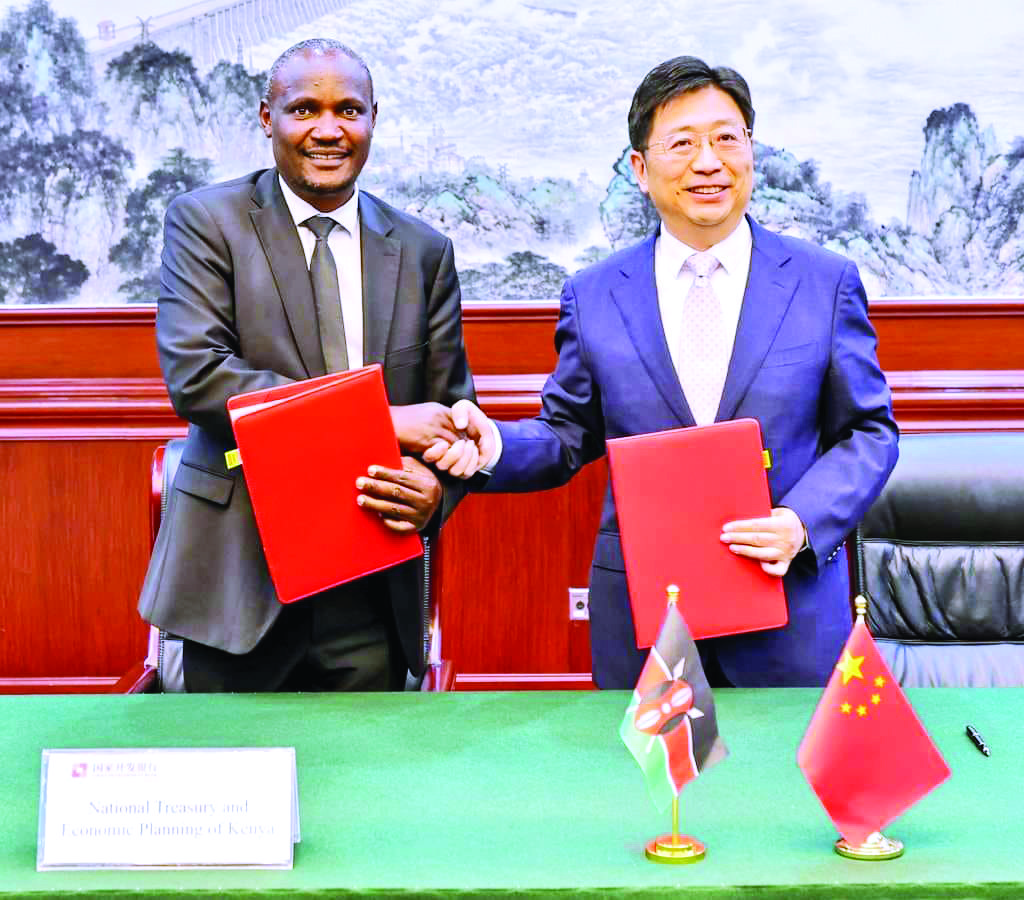Months to FGM deadline, Kenya nears EA vision
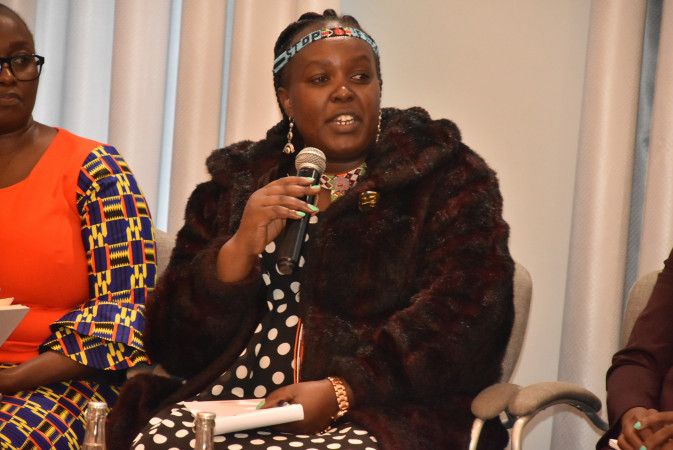
As Kenya joins the continent in marking the Day of the African Child, under the theme “Eliminating Harmful Practices Affecting Children: Progress on Policy and Practice since 2013”, girls in some communities are still at a risk of female genital mutilation (FGM).
According to a 2014 demographic and health survey, girls and women from Somali, Samburu, Kisii and Maasai communities are at higher risk of FGM despite a decline nationally.
The prevalence among the Somali was the highest (94 per cent), Samburu (86 per cent), Kisii (84 per cent) and Masaai (78 per cent). Other unsafe counties include Embu and Meru (32 per cent), Kalenjin (28 per cent) and Taita Taveta (22 per cent).
The national prevalence rate is 21 per cent, down from 27 per cent in 2007/08 DHS. The Protection Against Domestic Violence Act, 2015, classifies FGM as violence, and provides protective measures for survivors and victims of domestic violence, including FGM.
President’s pledge
In 2019, President Uhuru Kenyatta pledged to eradicate FGM by November 2022. This target is considerably more ambitious than Goal 5.3, established in the 2015 Sustainable Development Goals, which aims to eradicate FGM by 2030.
Five months to the November 2022 target, Bernadette Loloju, CEO of the anti-FGM Board, says Kenya is on the right path. “We are not at zero but we have made huge progress. The achievements are commendable,” she says.
“The declaration by the President came with support and Government resources to meet the 2022 goal,” she says.
The board then brought together various stakeholders — such as government ministries and departments, and grassroots level organisations.
This has seen establishment of an anti-FGM committee, which coordinates implementation of the FGM Act 2011 at county level, in partnership with grassroots organisations. Previously, everything was coordinated at national level, with NGOs working for their own goals.
Mamboleo Kimitta, programme associate at NAYA civil society — which champions sexual and reproductive health and the rights of women and girls — says Kenya might be the first East African country to eradicate FGM if the efforts are sustained.
Attitudes and perceptions on FGM also changed tremendously, with some communities denouncing the outlawed cultural practices. “Initially, it was difficult for even civil societies to mobilise communities to discuss FGM. But there has been a major improvement,”Kimitta says.
Denouncing of FGM by elders has also contributed to changing the perceptions, as communities no longer see the practice as part of their culture,” he notes.
In March 2021, close to 200 Samburu elders officially abandoned FGM and Early and Forced Marriages. Also, Kimitta says men, have taken the war against FGM further, encouraging marriage of uncircumcised women. Loloju says various counties have developed policies to eliminate FGM.
“We also ensure the counties set aside a budget for implementation of these policies and action plans,” she notes.
In 2019, Kajiado became the first county to enact a robust policy designed to end FGM at the community level.
The policy, which is grounded on the principles of gender equality, inclusivity and non-discrimination, provides the legal framework required to fast-track the eradication of FGM by creating decentralised governance structures that will be cascaded from ward to county levels.
The policy further provides guidance on how multi-sectorial interventions on eradication of FGM will be strengthened. These interventions are anchored on coordination, networking and partnership.
Also, the policy outlines the community as a critical player in its goals, with public participation and sensitisation campaigns on the demerits of FGM, and establishment of alternative income streams for practitioners. Other interventions include establishment of rescue centres and safe houses, community-based surveillance, reconciliation and integration of rescued girls to their families and communities.
Other counties which have launched the anti-FGM policy include Tharaka Nithi, Meru and Narok, while Tana River, Kisii, Wajir, Garissa and Taita Taveta have developed an action plan on the FGM Act.
Legal framework
Prof Tammary Esho, Deputy Vice Chancellor, Academic and Student Affairs at Amref International University, says Kenya is making progress in the fight against FGM. The country has a supporting legal framework and great political goodwill led by the President. Capacity building of communities, women and girls, policy makers, youth, men and boys is critical in advancing zero tolerance to FGM.
“Initially there were complaints about delay of justice, or arrest of perpetrators, and our role as partners was to equip these systems with skills on how to respond to cases and how to ensure victims get justice,” she says. It is thus crucial to collaborate with the office of the Director of Public Prosecution as well as other law enforcers on FGM cases in court.
Esho adds: “We work with existing structures in the communities and we have equipped communities, especially ‘wazee wa nyumba kumi’, in identifying and preventing possible FGM cases. This ensures most of the cases are prevented.”
Despite the major strides made, Esho says some remaining challenges include medicalisation of FGM, coercion of adult women to under the cut, and cross-border FGM where girls are taken to neighbouring countries with no laws on FGM.
She says some health workers, especially nurses and midwives, have been carrying out FGM at health facilities or at home.
To mitigate this, they have worked with a multi-sectorial team, collaborating closely with the Ministry of Health, relevant medical boards such as KMPDU, clinical officer’s council, and nursing council, to sensitise health workers on the effects of medicalisation of FGM and the legal frameworks against it.
“Also, there have been cases of girls being taken to neighboring countries to undergo FGM. This has been a major challenge. We need to harness all efforts from governments to countries, CSOs, CBOs and even communities bordering other countries to prevent this emerging trend” she says.
Esho says the Declaration to End Cross-Border FGM adopted at the inaugural regional inter-ministerial meeting in April 2019 and its action plan launched in 2021, ensures all the five East African states are part of the anti-FGM plan.
The action plan was developed by Kenya, Uganda, Tanzania, Ethiopia and Somalia. It includes the development of a comprehensive plan on regional human rights issues. Implementation of the action plan will curb cross-border FGM.
“People are not aware of it; we need to sensitise the communities on its contents and strengthen surveillance systems. Also, we need to train law enforcers and health workers on identifying possible FGM cases, and how to prevent and manage them. They need to know the role they should play in this fight,” she says.
